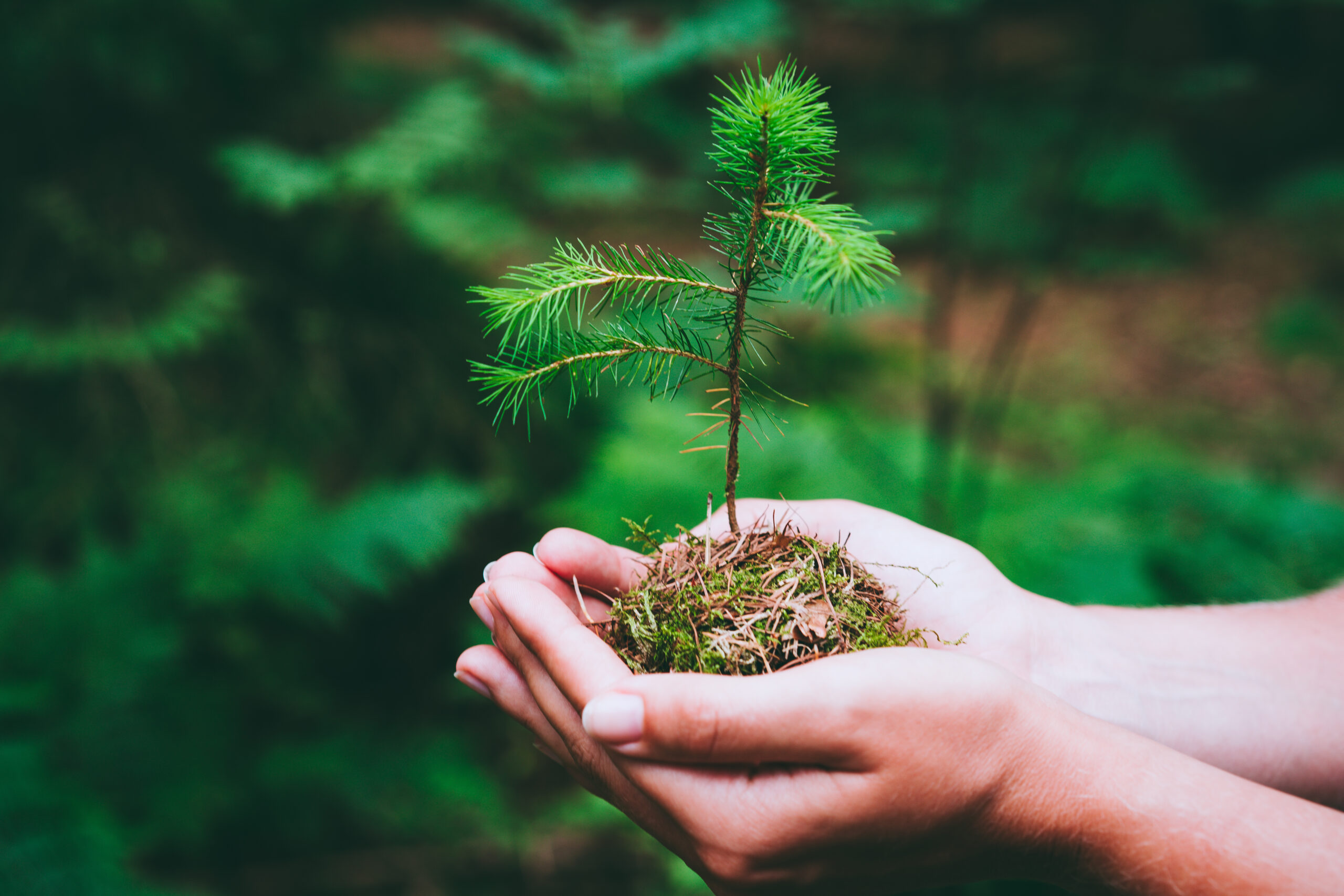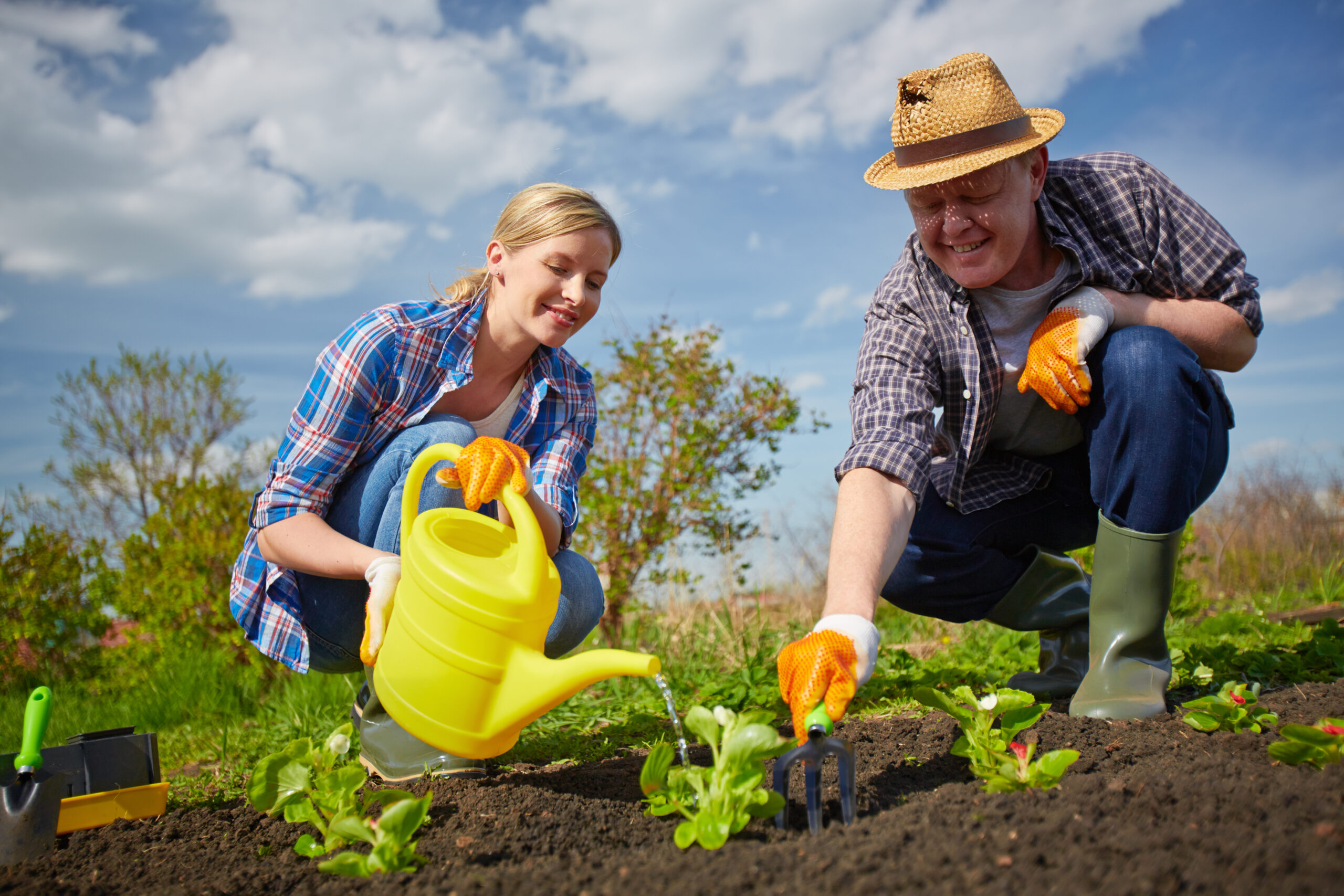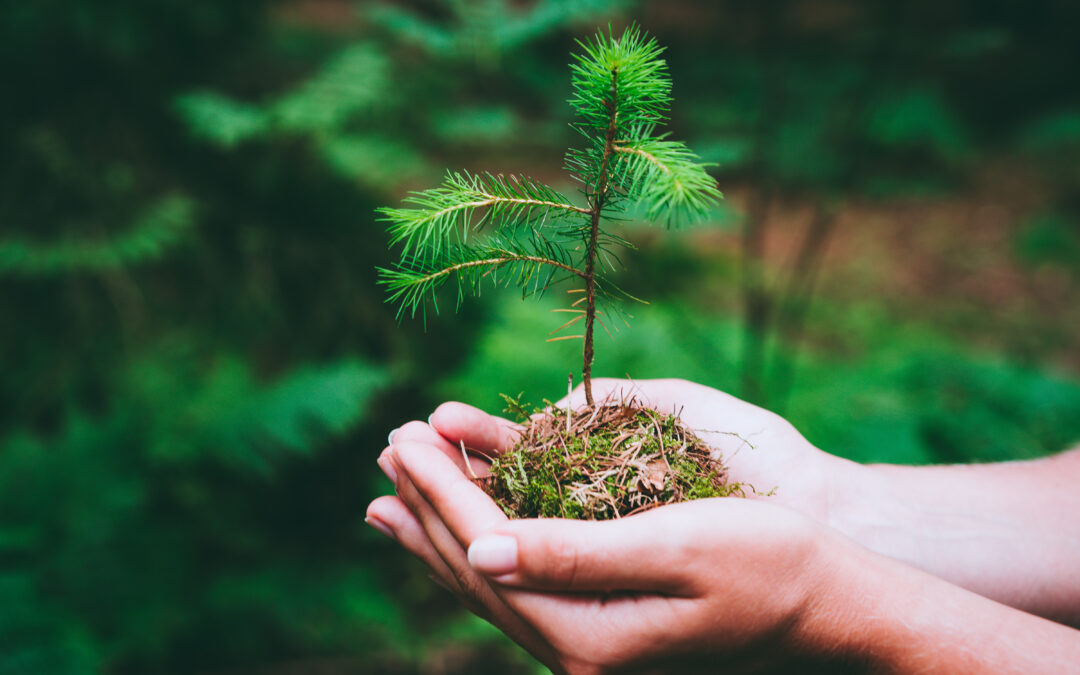Gardening is an excellent way to connect with nature, get some exercise and enjoy fresh air. But did you know that growing your own food can also be incredibly rewarding? With the right planning and effort, you can create a thriving home farm that provides delicious produce for you and your family. In this blog post, we’ll explore everything you need to know about starting a successful home farm.
Introduction to Home Farming
Home farming has become increasingly popular in recent years as people seek out ways to live more sustainably and reduce their carbon footprint. By growing your own food, you can save money on groceries while enjoying the satisfaction of knowing exactly where your food comes from. Plus, homegrown fruits and vegetables taste better than anything you can buy at the store!

Choosing the Right Plants and Seeds
One of the most important steps in starting a home farm is choosing the right plants and seeds. Consider what types of crops grow well in your area and choose varieties that are suitable for your climate and soil type. You may want to start small by planting easy-to-grow crops like tomatoes or lettuce before moving onto more challenging ones like corn or wheat.
Preparing Your Garden for Planting
Once you have selected your plants and seeds, it’s time to prepare your garden for planting. Clear away any debris or weeds from your chosen plot, then till the soil to loosen it up. Add compost or other organic matter to enrich the soil and improve drainage. Finally, mark off your rows and plant your seeds or seedlings according to the instructions on the package.
Tending to Your Crops
As your plants begin to grow, you will need to tend to them regularly. This includes watering, fertilizing, pruning and pest control. Make sure to keep track of when each crop needs to be harvested so that you don’t miss out on all those tasty veggies!
Harvesting Your Homegrown Goodness
There’s nothing quite like biting into a juicy tomato or crunching down on a sweet carrot that you grew yourself. When it’s time to harvest your crops, make sure to do so at peak ripeness to ensure maximum flavor. If you aren’t able to eat all of your produce immediately, consider preserving it through methods such as freezing, canning or pickling.
Preserving Your Produce
If you find yourself with more produce than you can consume, there are many ways to preserve it for later use. Freezing is one option; simply blanch your vegetables and pack them into freezer bags or containers. Canning is another method that allows you to create shelf-stable goods like jams, jellies, and salsas. Pickling is yet another option that adds tanginess and spice to your favorite veggies.
In conclusion, starting a home farm can be both fun and rewarding. Whether you’re looking to supplement your grocery budget or live a more sustainable lifestyle, growing your own food is a great place to start. With careful planning and attention to detail, you can create a thriving home farm that produces delicious, healthy produce year after year.

Related Content
- The Importance of Community Outreach for Homesteaders
- Self-Sufficiency 101: The Key Skills for Survival and Independence
- Self-Reliance in the Modern Age: Tips for Thriving Without Help from Others
- From Hobbyist to Pro: Tips for Turning Your Home Farm into a Business
- Ideas for Better Homesteading and Gardening





